Hard Drives are our homes where we store everything from our precious memories to important data at work. Any damage to a hard drive can cause serious problems for users worldwide, as the data stored on it may be at risk.
Although hard drives should be maintained properly, certain circumstances can cause them to fail or crash. Hard drive crashes typically result in error messages such as ‘Disk boot failure‘ or ‘Operating System not found.’ In addition to this, you may also find other symptoms, such as:
- A blue screen of death appears while booting
- Multiple instances of shutdowns and reboots
- Strange noises from the hard drive
A study by IBM found that over 40% of data loss is caused by hardware failure or corruption. So, you are not alone if you encounter a similar situation where you have lost data or access to your data due to hard drive corruption or failure. However, data recovery from a corrupted or crashed hard drive is possible. This article will help you recover data from a corrupted or damaged hard drive using 6 proven methods.
Many methods are available when it comes to recovering data from a corrupted or crashed hard drive. If the data stored on your hard drive is valuable and you want to minimize the risk of data loss, we strongly recommend using professional hard drive data recovery software. This approach can save you from a risky and overwhelming process.
One such reliable recovery software is Remo Recover, which has earned a 4.5-star rating on Trustpilot, making it one of the best data recovery software options. Remo places a high value on your data and even offers a free trial. With this tool, you can try the software for free and preview and verify the recovered files before making a purchase. Download this tool for free now and efficiently recover your data from a corrupted hard disk in no time.
- Common Causes of Hard Drive Crashes and Corruption
- 6 Methods To Recover Data From Corrupt, Crashed, or Damaged Hard Drive
- Method 1: Recover Data From Corrupt or Crashed Hard Drive Using Software
- Method 2: Recover Data Using Disk Management Utility
- Method 3: Recover Corrupted Hard Disk Using the CMD Prompt
- Method 4: Run SFC Scan
- Method 5: Use the Windows Error Checking Tool
- Method 6: Consult a Professional Data Recovery Service
- How To Prevent Data Loss and Hard Drive Corruption?
- Conclusion
- Frequently Asked Questions
Common Causes of Hard Drive Crashes and Corruption
Before diving into the recovery process, it's crucial to understand why hard drives crash or become corrupt. Some common culprits include:
| Common Reasons for Hard Drive Corruption | Description |
| 💥 Overheating of the Drive | When a computer overheats due to resource-intensive tasks or multitasking, it can lead to hard drive issues. |
| ⚡ Power Interruption | Sudden power surges or unexpected power failures can corrupt the hard disk, causing startup failures. |
| 🤦 Human Error | Simple mistakes like incorrect OS installations can result in hard disk corruption. |
| 🖥️ Damaged Master Boot Record (MBR) | Damage to the boot sector containing the MBR can result in corruption, preventing the OS from loading. |
| 🚫 Bad Sectors | Hard drives have millions of data storage sectors; some may become unreadable or unwritable due to bad sectors, causing corruption. |
| 🛠️ Hardware Damage | Physical damage from mishandling or accidental drops can lead to irreparable harm to the hard drive. |
| 🔌 Improper Ejection of External Hard Drive | Removing external hard disks from the system unsafely can result in corruption and data loss. |
| ⏳ Long-Term Usage | Hardware components have a limited lifespan, and regular usage can lead to gradual wear and eventual hard drive crashes. |
6 Methods To Recover Data From Corrupt, Crashed, or Damaged Hard Drive
Method 1: Recover Data From Corrupt or Crashed Hard Drive Using Software
If your data loss is due to logical errors, you can recover it with specialized software. One such tool is Remo Recover, designed for easy and efficient data recovery. With a user-friendly interface, Remo Recover can retrieve lost files, even from a crushed or formatted hard drive.
Remo Recover is built with an advanced scan engine, enabling the tool to recover data from hard drives suffering from severe data loss scenarios. It can recover files, photos, videos, documents, and over 500 other file formats from various storage devices such as hard drives, SSDs, SD cards, USB drives, etc.
It offers dual scan modes to ensure hard drive data recovery from complex data loss scenarios like formatted hard drives. Furthermore, Remo Recover supports data recovery from FAT32, FAT16, ExFAT, and NTFS files and is available for all Windows and Mac OS versions.
Download this tool for free now and follow the below simple steps to start the recovery process from your corrupted hard drive.
Steps To Recover Data From Crashed or Corrupted Hard Drive Using Remo Recover
Time needed: 1 hour and 12 minutes
Here are the steps to recover data from a corrupted hard drive using Remo Recover:
- Download and Install Remo Recover
Download the latest version of Remo Recover, specifically designed for hard drive data recovery. Follow the on-screen instructions to install the software on your Windows computer. If you are using macOS, download the Mac version of Remo Recover.
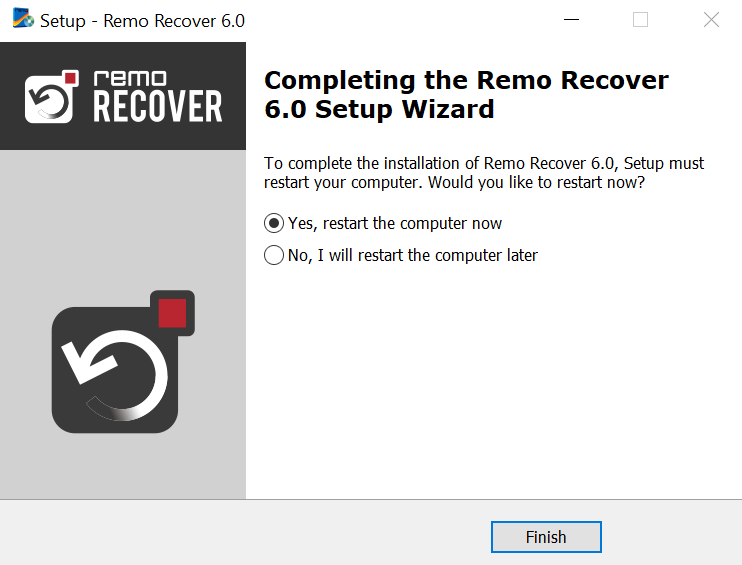
- Launch the Tool and Select Your Corrupted Hard Drive
Launch the tool, and from the main screen, select the corrupted hard drive from the list of available devices. If you can't see your device listed on the home screen, click the "Can't find the drive?" option to initiate a manual detection process.
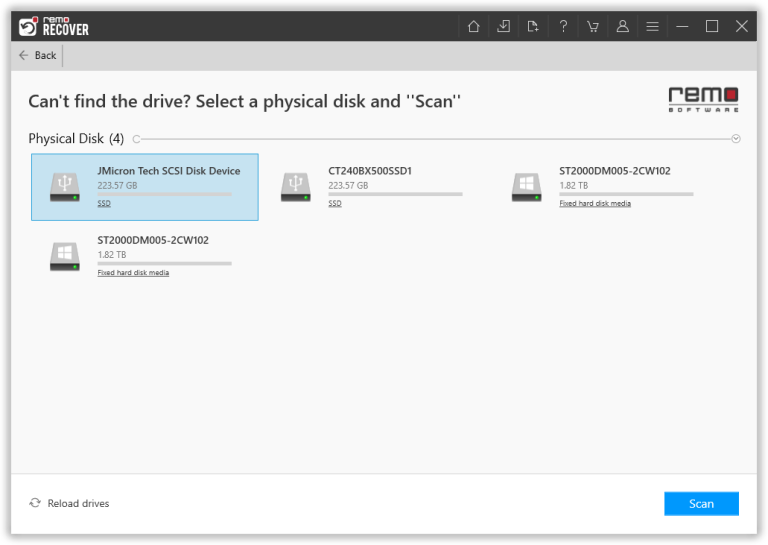
- Initiate the Scanning Process
Click on the "Scan" button to begin the scanning process. Remo Recover will scan your corrupted hard drive to recover your lost data.
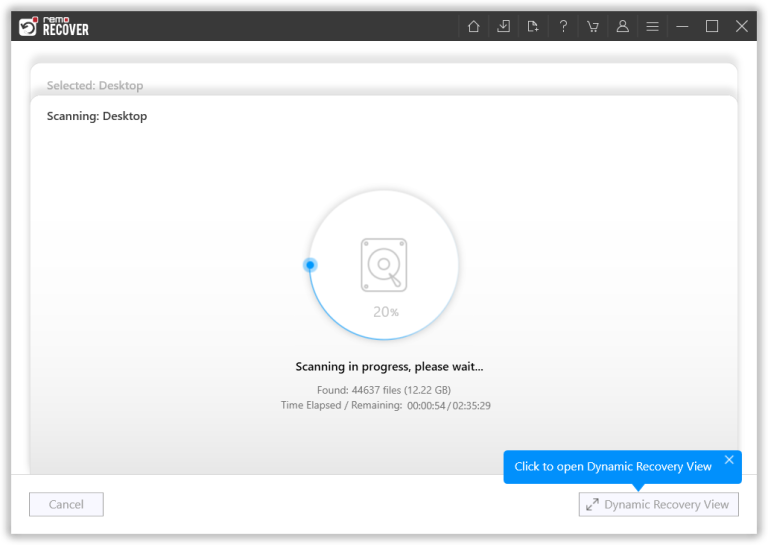
- Preview the Recovered Files
While scanning is in progress, you can preview the recovered files by using the "Dynamic Recovery View" feature in Remo Recover. This allows you to preview the files that have been recovered so far and select the ones you want to retrieve.

- Save the Recovered Files
After the scanning process is complete, you can see all the recovered files. Select the files you want to recover and click the "Recover" button to finalize the corrupted hard disk recovery process. Ensure that you save the files in a different and secure location.
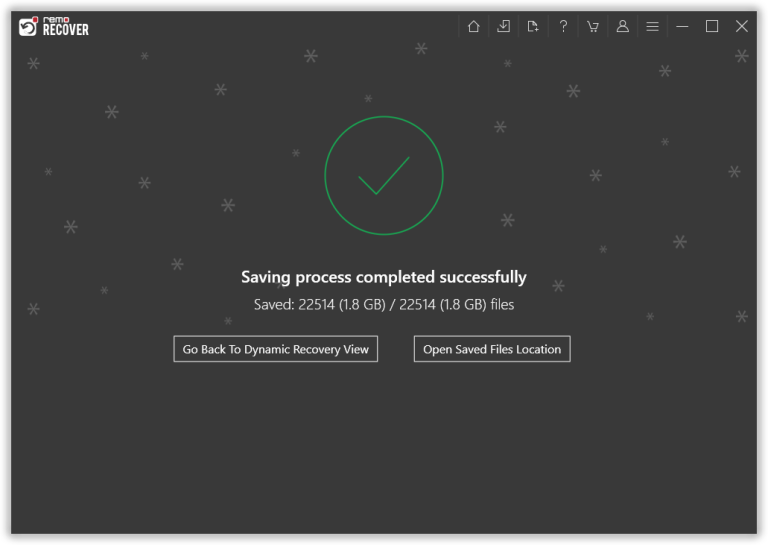
Method 2: Recover Data Using Disk Management Utility
To Recover data from corrupted hard drive using the Disk Management utility follow the below simple steps:
On Windows:
- Press Windows + X and select Disk Management.
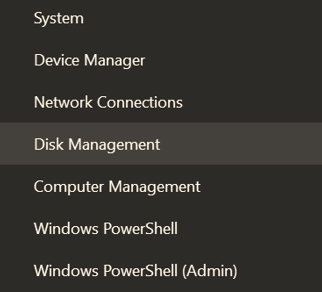
- Locate the crashed hard drive in Disk Management.

- If visible, consider formatting it to fix errors and regain access.
⚠️ Warning: Formatting may result in data loss, so ensure you have backups or professional data recovery software like Remo Recover as a backup.
On Mac:
- Open Disk Utility through Spotlight (Press Command + Space).
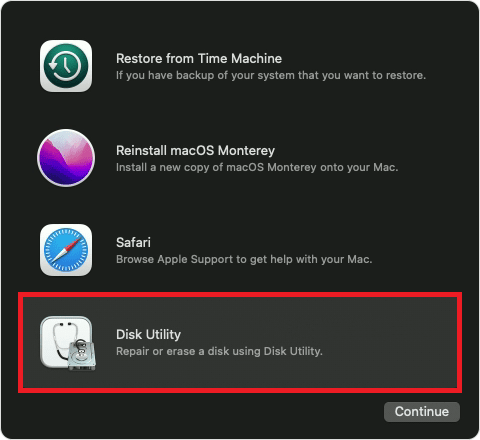
- Select the problematic disk or volume and click First Aid.
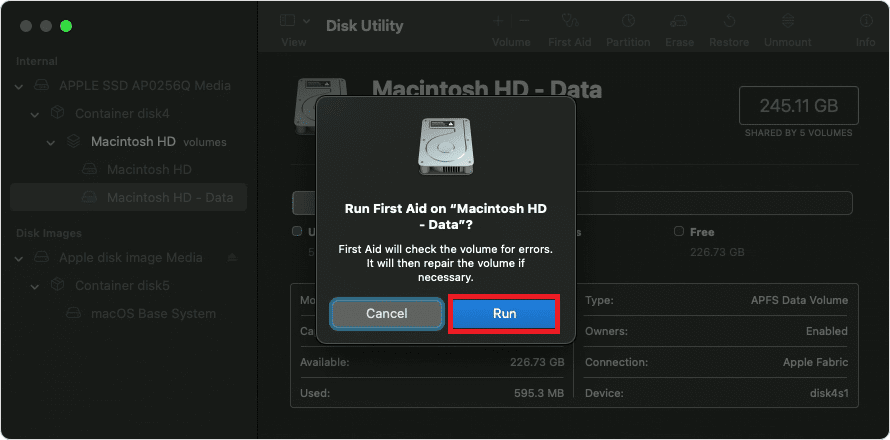
- After running First Aid, check if Disk Utility detects or fixes any issues. Your hard drive should be repaired and functional after the process.
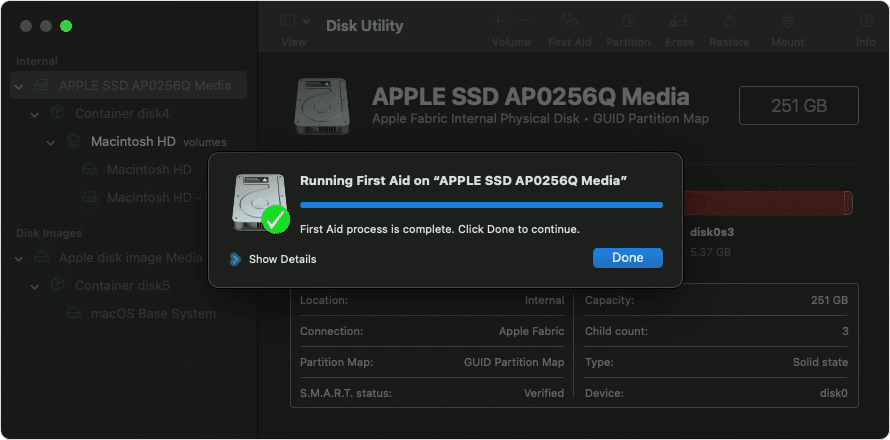
Also Read: How to Recover Data From Corrupted USB.
Method 3: Recover Corrupted Hard Disk Using the CMD Prompt
The Command Prompt can help repair corrupt or crashed hard drive issues without formatting. Here's how:
- Press Win + X, select Command Prompt, and run it as an administrator.
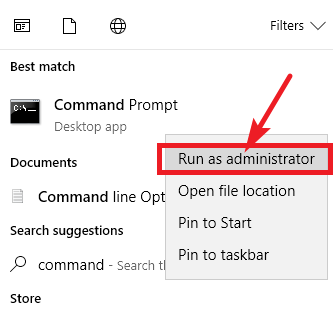
- Type "chkdsk" and press Enter to analyze errors.
- Type "chkdsk D: /f /r/x" to fix the drive. Replace "D" with your corrupted drive's letter.

Also Read: Recover Files Deleted By CHKDSK.
Method 4: Run SFC Scan
If you're facing data loss from an internal hard disk due to boot failure caused by corruption, you can use the System File Checker (SFC) utility, a Windows command-line tool designed to fix broken system files and restore data.
Follow these below steps to run the SFC scan and get back your data from the corrupted hard disk drive:
- Power on your Windows system.
- When you see the manufacturer's logo, power off your system by pressing the power button and repeat this process three times.
- On the fourth attempt, let your system load completely. This will open the "Choose an option" screen.
- From this screen, select "Troubleshoot," then "Advanced options," and finally "Command Prompt."
- This will launch the Command Prompt window.
- Before running the SFC Scan, type the command DISM.exe /Online /Cleanup-image /Restorehealth and press Enter. This step is applicable to Windows 11, 10, 8.1, or 8.
- Now, type SFC /scannow and press Enter.
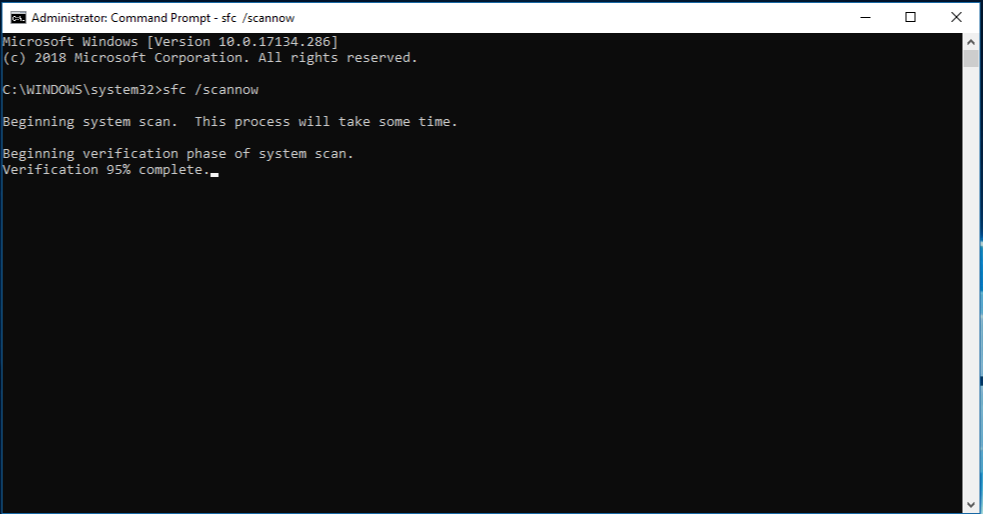
- Do not close the Command Prompt window until the verification is 100% complete. You can review the scan results after the process.
Method 5: Use the Windows Error Checking Tool
You can turn to Windows' built-in error-checking tool to recover data from the corrupted hard disk. This tool is designed to monitor and repair minor disk errors, making it a useful option for addressing minor disk corruption. Follow these steps for corrupted hard disk recovery:
- Open Windows Explorer.
- Right-click the corrupted hard disk partition and choose "Properties."

- Go to the "Tools" tab.

- Under "Error-checking," click "Check."
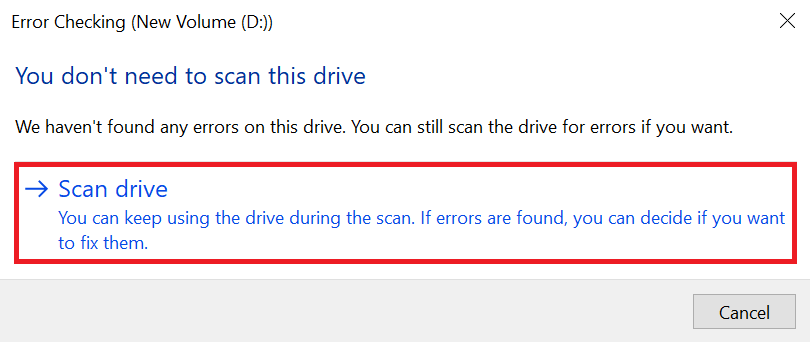
- Restart your computer and check if you can now access your data.
Method 6: Consult a Professional Data Recovery Service
If the problem persists even after attempting the previously mentioned methods, and you are still wondering how to retrieve data from a corrupted hard disk, it indicates that the hard disk has suffered severe damage. In situations as critical as this, it is advisable to seek the help of a trusted data recovery service to recover data from damaged hard drives.
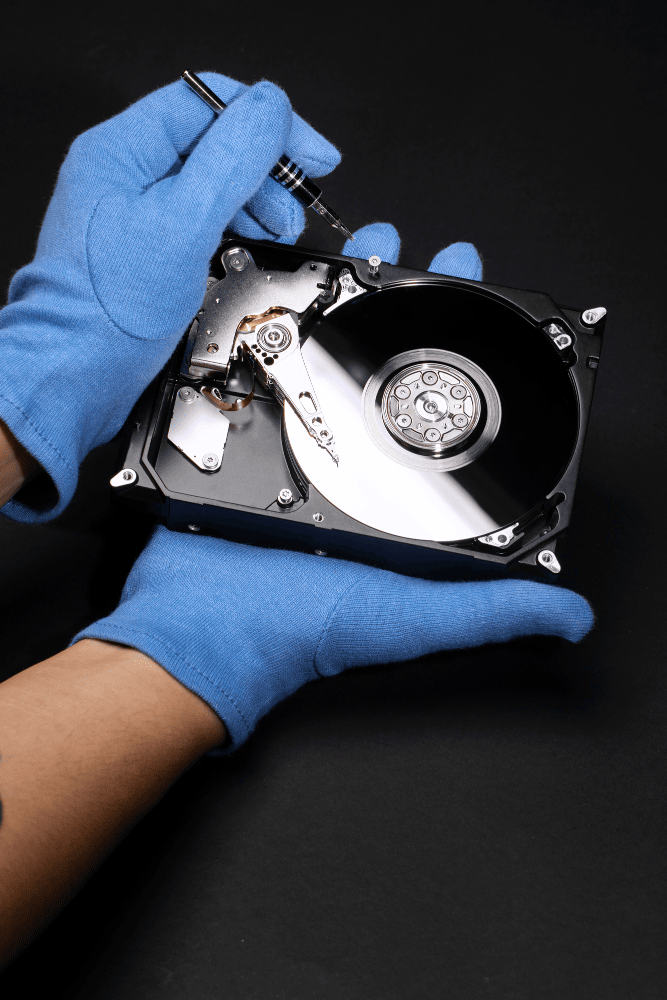
For a seamless data recovery process from your damaged hard drive, it's crucial to take into account the following aspects when picking a data recovery service:
- ISO certification and Class 100 clean rooms.
- Assurance of data recovery after careful examination.
- Reliable and safe service.
- A policy of "No recovery, no charge".
- Free hard drive shipment.
- Full confidentiality of the recovered data.
Interesting Read: Find out how to fix and recover data from an unallocated hard drive.
How To Prevent Data Loss and Hard Drive Corruption?
Prevention is the first defense against data loss and hard drive corruption. Follow these proactive steps to safeguard your valuable data:
- Regular Backups: Take regular backups of your computer on external drives, NAS, or cloud storage. Automate backups for consistency.
- Shut Down When Not in Use: Turn off your computer to prevent heat buildup, which can damage your hard drive and lead to data loss.
- Proper Ejection: Always use the "Safely Remove Hardware" or "Eject" option for external devices to ensure safe data transfer.
- Monitor Hard Drive Health: Check your hard drive's health regularly with tools like chkdsk and S.M.A.R.T for early problem detection.
- Avoid Physical Damage: Handle devices carefully, protect them from extreme conditions, and keep them in a clean, stable environment.
- Listen for Unusual Noises: If your hard drive is making clicking sounds, it is a sign that it is failing. Take action immediately and backup your data.
- Use Antivirus Software: Install trusted antivirus software to safeguard against data-corrupting malware.
- Keep Software Updated: Regularly update your OS, drivers, and software to fix bugs and enhance security.
- Avoid Overloading: Don't fill your hard drive to the max; leave free space to maintain performance and data integrity.
- Educate Yourself: Stay informed about data management best practices and security measures.
Conclusion
Data loss can happen anytime, and you cannot anticipate it. The best way to prepare yourself against any data loss scenarios is to take a regular backup of data. However, if you do not have a backup of data and your hard drive crashes or gets corrupt, you can always make use of Remo Hard Drive Recovery Software. Do let us know if you have any thoughts on the methods mentioned in this article.
Frequently Asked Questions
Yes, recovering data from a corrupt hard drive is possible without hassle. To ensure a complete hard drive data recovery process, you should strictly prohibit yourself from not using the hard drive after data loss has occurred. This will avoid unnecessary overwriting of deleted or lost data from your hard drive.
To recover data from a corrupted hard drive, you have to use professional hard drive data recovery software like Remo Recover. However, if you have a corrupt hard drive and cannot access it, you might have to repair it using the manual methods mentioned in the article.
To fix a hard drive that won't boot, you can try several steps, such as:
1) Disconnect all the cables, then reconnect them.
2) Restart the system after removing and re-connecting the RAM.
3) Install a new BIOS chip if necessary.
4) Utilize the BIOS recovery options if available.
5) Use a Windows installation CD to repair boot files.
6) Connect the hard disk to a different computer or laptop.
Following these methods might help you boot your PC or laptop, but your first priority should always be to recover data from the hard drive that won't boot.
Data recovery from a damaged or crashed hard drive depends on the type of damage. For logical data loss, such as accidental file deletion from the hard drive or formatting, data recovery software like Remo Recover can often help. Stop using the drive immediately, connect it to another computer, and run Remo Recover to retrieve your files.
However, if factors like dropping the drive physically cause damage, professional data recovery services are usually necessary. Avoid attempting DIY repairs, as this can worsen.